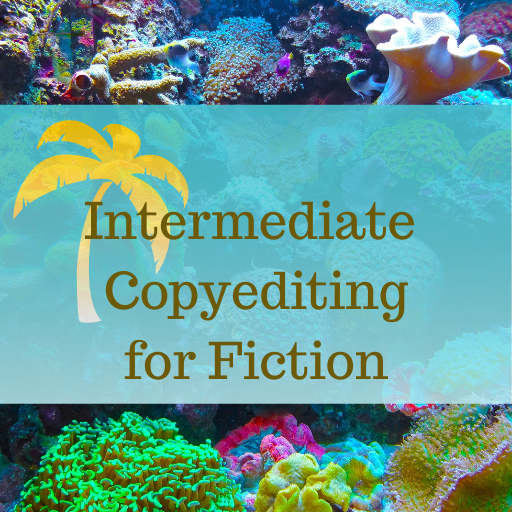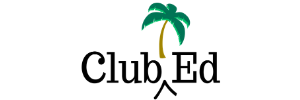The Fine Art of Copyediting Fiction
When copyediting fiction, it’s common to run up against issues that pit author preference against standard editing approaches.
For example, in a story I wrote some years ago, the main character’s neighbor is referred to as “3-B” as that is her apartment number and the MC doesn’t know her name. Fine. She can be referred to as 3-B in the narrative:
Meghan watched as 3-B locked her door.
So far, so good. But in the ms, a sentence begins with the neighbor’s “name”:
3-B gave Meghan a hunted look.
A glance at CMOS will show that we don’t use numerals to start a sentence. We spell them out. So that sentence should properly be:
Three-B gave Meghan a hunted look.
The Author POV
But I (the author) don’t like that. 3-B seems to me to be the character’s name, and if you imagine the designation on the front of the door to 3-B’s apartment, you see 3-B, not Three-B.
So I stetted that change (to stet a change means to revert the editor’s edit). That doesn’t mean the editor was wrong, it just means authors often have a clear idea of what they’re trying to do and they reject changes that don’t cohere with their image, even when those changes follow the designated style guide.
Another consideration was how to represent this name in dialogue. It’s one thing for her to be 3-B in the narrative, but when a character talks about her, that character would be saying, “Three-B” or even “Three-Bee” because people can’t speak in numerals. (For example, a character from Los Angeles says, “You have to take the Ten to get there” instead of “You have to take the 10 to get there.” This is why the Star Wars character C-3PO is sometimes referred to as See-Threepio.)
Following that precedent, the name would be represented in dialogue as:
Meghan said, “Yeah, Three-B is late on her rent.”
We can make an argument that “Three-B” is more natural in dialogue and less likely to make the reader trip over the name. Strangely, I don’t mind “Three-B” in dialogue the way I mind it in the narrative. (I do, however, object to “Three-Bee.” I don’t know why. Right now, I’m looking at this as an author, not an editor, and authors often don’t know why.)
Author versus Editor
I mention this discrepancy just to explain that authors often go by feel; they don’t necessarily have a consistent, logical rationale for why they’ve chosen one approach over another. “I like it better this way” is a very powerful sentiment and it’s important for us as copy editors not to discount or dismiss it.
But editors can’t go by feel in the same way. So, as the CE, I would either apply the spelled-out version in all the places it should be spelled out (that is: to start a sentence and in the dialogue) or I would not spell it out in any of the places it should/could be spelled out and just use the numeral throughout: 3-B.
I would not spell it out in the dialogue but use the numeral when it starts a sentence, nor would I spell it out when it starts a sentence but not in the dialogue. It should be either spelled out in both places or in neither place. This is the type of consistency we’re trying to achieve in copyediting.
The author may stet your changes anyway, but at least you have a clear argument for doing what you’ve done.
Tips for Editors & Writers
-
Editor Spotlight – Zainab Mirza
I’m sharing success stories from newer editors. The following is from Zainab Mirza. – Jennifer Lawler A few weeks ago, you asked folks to share their success stories. I have a couple of wins I’d like to share. Story #1:When I first moved back to Kuwait after college in 2012, I built relationships with a…
-
Freelancing through Tough Times
Sometimes it can be difficult to focus on work. The world is on fire or your brother just died; you’re struggling with your health or your spouse just lost their job. Here are some simple things you can do to help make it through tough times: It’s difficult to focus when the news is bad…
Join the Club!
New to story editing? Begin at the beginning.




